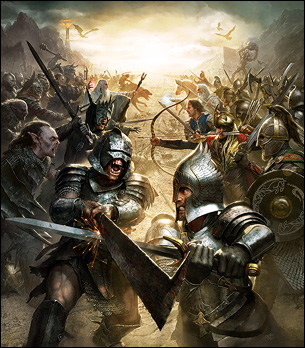Learn About Me
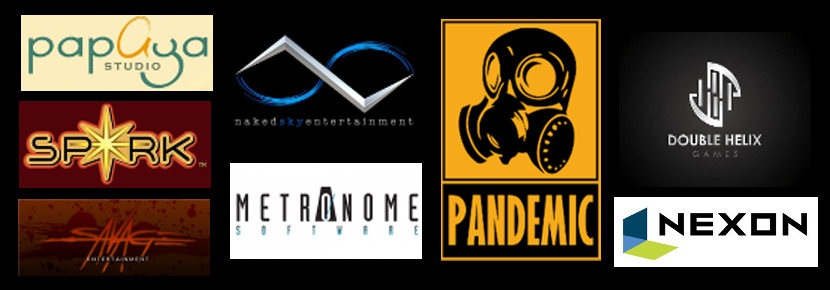
From 2003 to 2012, I worked in the videogames industry as a Game Designer, Level Designer, and Technical Scripter. Then in mid 2012, I decided to acquire some mobile development experience and worked as a Software Engineer on many gamification prototypes and web applications. From 2017 on, I've been working on a multiplayer online project as a Senior Designer. During my time in the videogames industry, I was also a Scrum Master for 2 years and am very comfortable with Agile Development methodologies. The strike teams that I have led range from as little as 3 designers to 10 developers across multiple discliplines. I am now looking for new opportunities and hope to find a great organization to join.
Education: B.S. Degree with a Major in Computer Science and a Minor in Digital Arts from the University of California, Irvine
Location: Orange County, CA
Skills: Experience with Unreal Editor 4 (Blueprint & UMG), Unity3D, 3D Studio Max, XSI, Maya, LUA, OpenGL, C++, Java, Python, Eclipse, Android, Photoshop/GIMP, MS Office/Excel/Visio, HTML/CSS/JS, JIRA/Confluence, SCRUM (Agile Development), Linux, Meteor/React.js
Platforms developed for: PC, PS2, PS3, PSP, PSN, Xbox, Xbox 360, XBLA, Android
PROJECTS I HAVE WORKED ON
Over the course of my career, I have shipped 5 game titles from Concept to BETA on various platforms. One project made it all the way to a playable demo at E3 before getting cancelled months later. I have also worked on numerous proof of concepts, prototypes, and cancelled projects.
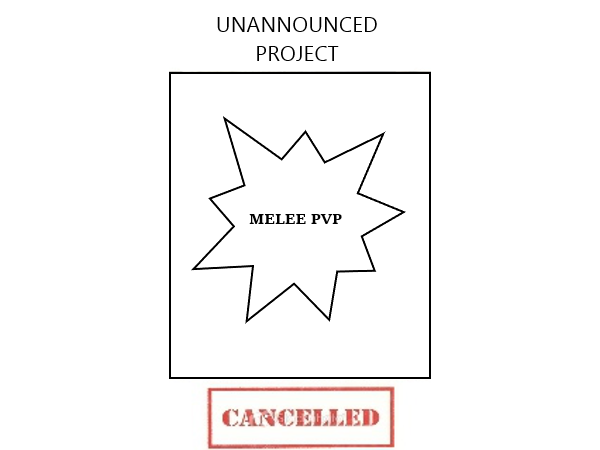
UNANNOUNCED PROJECT (2020)
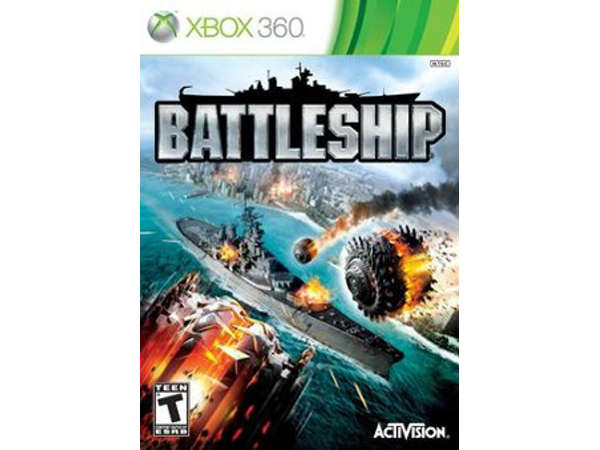
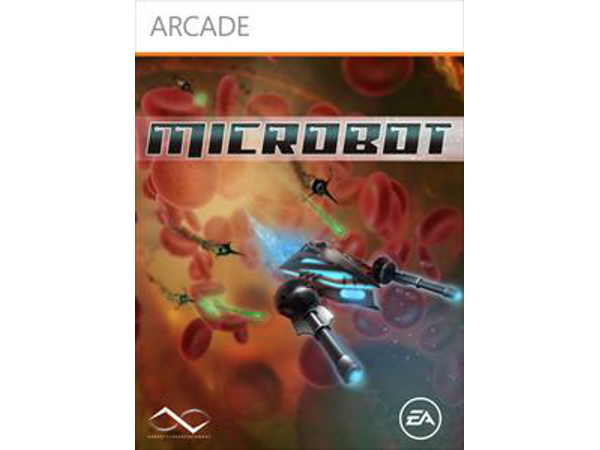
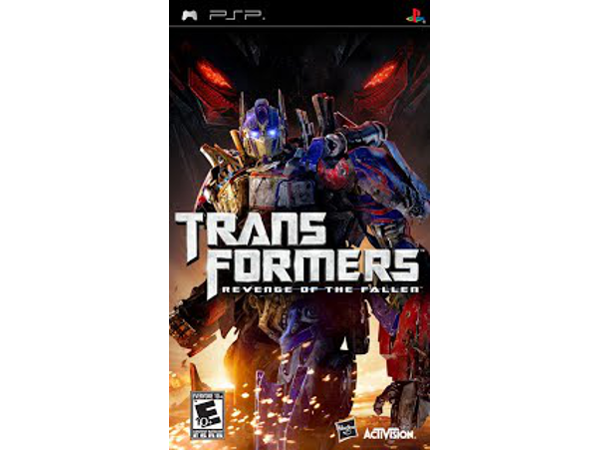
Transformers: Revenge of the Fallen (2009)
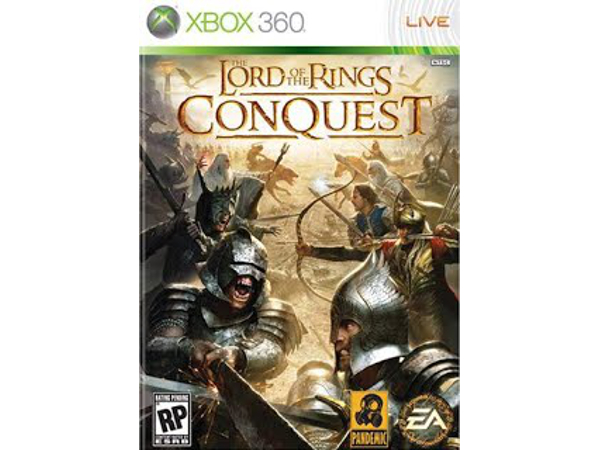
Lord of the Rings: Conquest (2009)
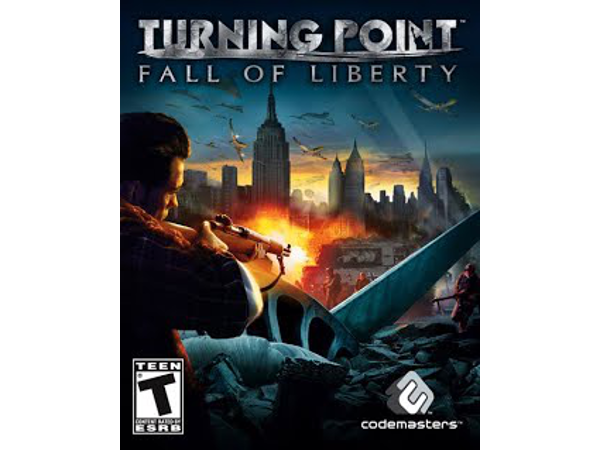
Turning Point: Fall of Liberty (2008)

Nexon OC: Unannounced Project | (2020)
From November 2017 to July 2020, I was a Senior Designer at Nexon OC.
Cancelled Summer of 2020 for Xbox One, PS4, and PC
Our unannounced project dealt with 3rd person melee PVP combat using a variety of weapons and attacks. Combat was hard hitting yet agile with a lot of risk reward tactics to consider in engagements. A progression system that allowed for player customization and expression as well as the ability to earn configurable combat bonuses provided an out of match chase for players.
Combat Design
+ Worked primarily on melee weapon animation timing, attack combinations, corresponding hit reactions, and transitions
+ Prototype early weapons and combat items (consumed equipment that aided fighting)
+ Balanced combat values like stamina, attack speed, damage, impact strength, etc
+ Implemented and tuned VFX on corresponding combat attacks and impacts
Production
+ Led strike teams that focused on smaller gameplay based features
+ Presented progress, retrospectives, and future plans of action during team meetings
+ Wrote design documention, gathered work estimates from various departments, and conducted kick-off meetings for implementation
+ Proctored weekly team-wide playtests
+ Source Control: Perforce
+ Documentation: Confluence
+ Bug Tracking: JIRA
Level Design
+ Development Tools: UE4
+ Created gray box maps to test multiplayer modes
+ Set up developer facing test maps to help facilate testing and debugging
Systems Design
+ Used Blueprint to prototype early progression systems, primitive input to combat mapping, and basic AI behavior trees
+ Prototyped combat damage logging, enemy radar indicators, and equipment purchasing interfaces
+ Assisted in the set up of a crowd reaction system that would play a specific client-side audio event and crowd animation based on a combat event occuring
UI & HUD Design
+ Utilized UMG to mock-up functional prototypes for our front end menus
+ Provided HUD elements to help prove out customization, game settings, and match flow
Detailed Breakdown Of Work
Combat Design
Combat design usually started on paper and spreadsheets. It was a very collaborative process to determine the gameplay identities we wanted to provide for a specific weapon. At times, I would work specifically on a single weapon to polish it. Other times, I would help work on an aspect such as VFX that would apply to all our weapons. As the project developed and we had more Engineering time poured into our combat systems, my work shifted from Blueprints to Data Asset implementation and balancing.
Our combat touched and influenced other systems on our project and we would work together to ensure one thing didn't break another.
Coordination with our Animation Team was vital to ensure proper hand off of assets so that combat polish and timing was locked down before our animators had their chance to improve the visual fidelity.
Production
Being a Feature Lead usually meant being the point of contact when it came to the assigned feature I was in charge of. I worked with small subset of our team to progress and prove out gameplay features. It starts with me doing the due diligence to gather the design documentation, technical specifications, and time estimates. Next I present the information to our stake holders and directors to get buy-in, address concerns, and verify a plan of action. During the course of a feature development, it was also my responsibility to alert the team before a playtest, provide a retrospective after an Agile Sprint, and to assist in Sprint Planning. At a given milestone, I could be leading upwards to 5 features simultaneously.
Our culture was playtest heavy and every Friday if we had a stable build, we would conduct a team-wide playtest. I would rally the team and detail the goal of the playtest and what to expect. While the team played the game, I walked the office to answer questions, help keep our matches moving, and to encourage feedback or bug reports.
Sometimes I would act like a pseudo-producer by constantly watching the JIRA boards to ensure a teammember wasn't overloaded, blocked, or potentially stepping on each other's toes. I combed the backlog frequently and tried to keep my strike team's board clean and accurate.
Level Design
While our core Art Team focused on our production map, I would help develop a lot of test maps that helped up find the fun for various ideas. These test maps would range from completely graybox with simple primitives, maps with animated hazards or specific triggered events, and even spaces that had primitive AI. Some of the level design I worked on was meant for alternate game modes that were being considered.
Sometimes we needed something less complicated than our production map, but also something that was a little more accurate than a blank level. Working with our Environment Team, I helped spearhead the creation of a developer focused map that would contain special areas to test specific features, provide examples of our world metrics, and allow rapid tests of navigation actions. I also created a small map that allowed the Combat Team to jump in over network for smaller focused testing and debugging. It was light weight, performant, and convenient.
Systems Design
Before we had a core combat system, we relied on my Blueprint hacks that used logic branching to determine what kind of an attack to perform given an input. Our project also evolved from having to purchase equipment from an in world vendor which was also prototyped by myself with Blueprint to a more UI and UMG heavy approach. I used Blueprint functions on our Attack components to track information so that a combat log could be displayed which was a very useful developer facing tool to verify damage and its proper source. The multiplayer aspect of the project meant that we would need some tool to indicate other offscreen enemies to the player and for that I mocked up a radar with Designer art render on the HUD to show the relative locations of potential surrounding threats.
Working with a Gameplay Engineer, Sound Engineer, and a Technical Artist; I helped develop a Crowd Reaction system that would invoke specific Audio and Animation events based on Combat Events. This involved tagging specific actions like a thrown weapon and using Blueprint logic to determine what to trigger for a player's client.
UI & HUD Design
I was assigned to a strike team that handled front end UI, out of combat match systems, and maintained a secondary game mode. Working with a UI Engineer and a UX Designer, I quickly ramped up on UMG to allow myself to create prototypes that could function for our playtests. This mock-up HUD gave us a tangible way to test progression systems like unlocked purchaseable goods, skill talents, and cosmetics.
Quickly standing up the front end using Blueprint and UMG also allowed us to rapidly iterate on multiple versions to improve the UX of starting the game client, gearing up for a match, and returning back from a match to manage or view results. We were also fortunate enough to get some game settings working to allow things like keybindings or sensitivy changes.
Double Helix Games: Battleship | (2012)
From October 2010 to April 2012, I was a Gameplay Designer & Technical Scripter at Double Helix Games.
Released on May 15, 2012 for Xbox 360, PS3
Battleship was a FPS game with low level RTS elements. The player controlled a soldier of the US Navy fighting an unknown Alien force. One of the player's tool is the ability to coordinate Naval Ships to attack Alien Ships or provide support on the ground battle via an interface loosely based off of the Battleship Boardgame grid system of gameplay.
Game Design
+ Worked primarily on gameplay elements
+ Supported level designers
+ Balanced player and AI gameplay values like health, attack, weapons, spawn rate, etc
+ Brainstormed support abilities for the Naval Ships, AI enemy archetypes, and weapons
+ Implemented and tuned the values affecting the player and AI gameplay
Production
+ Connected the localization of text for FIGS (French, Italian, German, Spanish)
+ Filled out the personnel data for the end game credits
+ Particpated in extensive level testing
Level Design
+ Development Tools: Proprietary Editor and C++
+ Source Control: Perforce
+ Bug Tracking: DevTrak
Single Player Levels
+ Provide support to level designers
+ Added cinematic animations to level events
+ Connected Voice Over (VO) audio files to game assets
+ Set up the AI Naval battle scenarios
+ Staged and implemented friendly AI in various levels
Boss Battles
+ Supported the level designer by providing special gameplay value tuning for distinct or important enemy AI
+ Added cinematic moments during boss battles
+ Connected relevant story related VO
Detailed Breakdown Of Work
Single Player Levels
We had dedicated level designers assigned to sets of levels for core gameplay, objectives, and mission direction. My role was more support and included adding cinematic animations to events, connecting Voice Over, and setting up the AI Naval battle scenarios. I also staged some friendly AI in various levels to try and give the feel that the player wasn't alone in their battle.
Boss Battles
Boss battles ranged from a larger deadlier Alien mothership to holding a position from waves of enemy AI. I helped support the level designer by providing special gameplay value tuning for distinct or important enemy AI, adding cinematic moments, and connecting story related VO.
Production Work
Towards and during BETA, I was responsible for connecting the localization of text for FIGS (French, Italian, German, Spanish), filling out the end credits, and extensive level testing in addition to my daily design tasks.
Naked Sky Entertainment: MicroBot | (2010)
From June 2010 to October 2010, I was a Senior Level Designer at Naked Sky Entertainment.
Released on December 29, 2010 for XBLA, PSN
MicroBot was an arcade shooter with cooperative multi-player and lots of customizable parts for the players' ships.
Game Design
+ Developed the story-based levels
+ Designed enemy encounters
+ Implemented game-play features
+ Examined other XBLA arcade shooters for inspiration
Level Design
+ Development Tools: NIMBUS - a proprietary editor and visual scripting language (very similar to the Unreal Editor)
+ Source Control: Tortoise SVN
+ Bug Tracking: Mantis
Single Player Levels
+ Designed single player levels as a mix of combat oriented, puzzles, story-related, and timing game-play rooms
+ Created levels in the editor, placed enemies and pick-ups, and set up scripted events
Multiplayer Levels
+ Planned for co-op which used existing single player levels
+ Set up scripting that would detect co-op mode and adjust the difficulty accordingly
Boss Battles
+ Provided scripting and testing support to the development of our boss battles
Detailed Breakdown Of Work
Editor Work and Scripting
Single Player Levels
Blueprinting:
Mock Up:
AI Pass:
Iteration:
Bug Fixing:
Multiplayer Levels
Boss Battles
Blueprinting:
Scripting Pass:
Savage Entertainment: Transformers: Revenge of the Fallen | (2009)
From October 2008 to May 2010, I was a Senior Game Designer at Savage Entertainment.
Released on June 23, 2009 for PSP
Transformers: Revenge of the Fallen (PSP) was a top down arcade shooter. The player played as both Autobots and Decepticons in Single Player or Multiplayer missions.
Game Design
+ Developed the systems and functionality for the game
+ Used other arcade shooters for inspiration and research
+ Tailored story and plot elements to be in line with the film
Level Design
+ Development Tools: 3DS Max, LUA script, and a proprietary editor (SAVEd - Savage editor)
+ Source Control: Tortoise SVN
+ Bug Tracking: Devtrak
Single Player Levels
+ Worked on 4 mission types (Rescue, Escort, Rail, Boss Battle)
+ Wrote level design documents and provided photos for art reference
+ Designed levels as strictly linear with backtracking unallowed
+ Focused more on enemy waves, difficulty, and environment destruction
+ Shuffled around as needed to work on multiple single player levels
+ Primarily worked on missions located in the North Atlantic NEST base and US locations
Multiplayer Levels
+ Provided support for the design of the multiplayer maps
+ Participated in test runs and provided balance feedback
Boss Battles
+ Hand scripted all of the boss battles for the game in LUA
+ Modelling traditional arcade shooters, the bosses were created to behave in a predictable pattern
+ Designed battles to allow the player to exploit their weaknesses to defeat them
+ Worked on their AI behaviors, camera cuts, dialog/SFX syncing, and special weapons
Detailed Breakdown Of Work
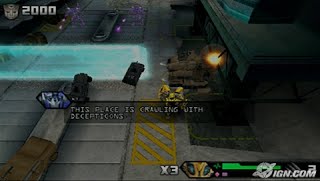
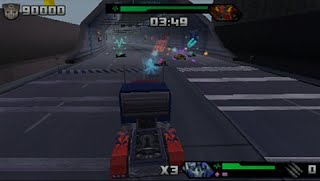
Editor Work and Scripting:
Blueprinting:
Mock Up:
AI Pass:
// This function is called on level start up
function on_level_startup( )
tf2.register_triggers( ENTER, first_trg, "first_trigger_entered" ); // This tells what function to call when the 1st trigger is entered
end
// This function is called when the player passes through the 1st enemy trigger in the NEST base
function first_trigger_entered( )
// This activates the spawner placed in the editor
game.object_trigger( enemy_spawner01, "Enable" );
// This tells HUD to display some text on the screen
game.hud_set( mainHUD, "Watch_Out_txt" );
game.hud_trigger( mainHUD, "Enable" );
end
Iteration:
Bug Fixing:
Multiplayer Levels
Boss Battles
Blueprinting:
AI Pass:
Iteration:
// This function is the boss' stage one attack loop
function boss_stage_one_loop( )
// The following checks to see if the boss needs to advance a stage
if ( boss_health > .7 ) then boss_stage_two_start( ); end
// The following chooses a random attack to use
attack_number = rand(1,3); // Pick a random number from 1 to 3
if (attack_number == 1) then fire_gun( ); elseif (attack_number == 2) then fire_missiles( ); else melee_attack( ); end
// The following uses a timer to loop the function
game.time_set( 10, boss_stage_one_loop ); // After 10 seconds, loop this function
end
Bug Fixing:
Detailed Breakdown Of A Boss Battle
Visual Goal
Gameplay Goal
Introduction (0:38):
Boss Stage 1 (0:52):
Boss Stage 2 (2:02):
Boss Stage 3/Final (2:46):
Outro (3:54):
Pandemic Studios: Lord of the Rings: Conquest | (2009)
From May 2007 to September 2008, I was a Level Designer at Pandemic Studios.
Released on January 13, 2009 for Xbox 360, PS3, PC
Lord of the Rings: Conquest was 3rd person brawler which featured Good and Evil Campaigns as well as a variety of Multiplayer modes.
Game Design
+ Brainstorm game play mechanics
+ Provide systems designers with feedback during play testing
+ Translate design from Pandemic's Battlefront series to Lord of the Rings
+ Work on level design for single and multiplayer maps
Level Design
+ Development Tools: XSI and a propriety editor (FED - Fantastic Editor)
+ Source Control: Perforce
+ Bug Tracking: Devtrak
Single Player Levels
+ Worked on single player missions for the Pelennor Fields and Mount Doom locations
+ For Pelennor Fields, worked on the Single Player Good Campaign
+ For Mount Doom, worked on the Single Player Evil Campaign
+ Created level design documents for both levels
+ Designed and implemented player objectives for the levels
+ Based the Pelennor Fields level loosely on the events of the film
+ Created original scenarios for the Mount Doom level
+ Created mock up of the levels using the editor and XSI
+ Placed the spawners for AI and set up the script for objectives and special events
Multiplayer Levels
+ Designed layouts with Multiplayer in mind first
+ Carve out a single player experience from the Multiplayer layout
+ Prepare layouts for Capture the Ring (CTF), Conquest (Battlefront style capture), and Deathmatch game modes
+ Perform nightly Multiplayer tests cycling through various maps
Boss Battles
+ Created Bosses for the Single Player campaign
+ Tuned difficulty using health levels, minion support amount, and frequency of boss special abilties
Detailed Breakdown Of Work
Game Design
Level Design
Single Player Levels
Multiplayer Levels
Detailed Breakdown Of Pelennor Fields
War of the Ring / Single Player Good Campaign
This is a campaign that loosely follows Frodo quest to destroy the One Ring. Pelennor Fields is a linear, objective based defense map that has the player completing objectives that aid in the defense of Minas Tirith. The player plays as one of the Rohirrim and battles against the forces of Mordor.Destroy the Siege Towers:
Kill the Oliphants (2:54):
Destroy a Siege Tower and an Oliphant (5:04):
Rally to Theoden (6:06):
Kill the Witch King (6:24):
Team Deathmatch
This is a Multiplayer mode in which players fight each other as either Good or Evil. Teams must achieve enough kills to reach their goal before their opponents do. For Pelennor Fields, this map is well suited for ranged characters or the use of mounts and siege units. There are pieces of cover scattered about to provide sniping areas for archers. Mages also play an important role as their shield can help other team members cross the field safely.Capture the Ring
This is a Multiplayer mode in which players must acquire and deliver a ring to their opponent's starting location. They are using the ring's power to damage their opponents. A player on the good team could play as a soldier of the Rohirrim while a player on the evil team could play as a soldier of the Easterlings for the Pelennor Fields. If a player is doing especially well, it is possible to unlock a greater Hero like the Witch King or Aragorn depending on the player's faction. Whichever side delivers the maximum amount of rings first wins.Detailed Breakdown Of Mount Doom
The Rise of Sauron / Single Player Evil Campaign
This is a 'what if' scenario in which Frodo fails to destroy the One Ring and Sauron becomes whole to rule Middle Earth. Mount Doom is the first level in this alternate story campaign. It is a linear, objective based mission that gives the player control over a Nazgul hunting Frodo.Find and deliver the Witch King's Mask:
Resurrect the Witch King (2:43):
Slay the Leaders of the Uprising:
Go to Sauron's Road:
Kill Frodo (6:47):
Hero Team Deathmatch
This is a Multiplayer mode in which all players may choose a Hero to fight without having to unlock it. A player on the good team could play as Gandalf, Frodo, Legolas, or Gimli while a player on the evil team could play as The Mouth of Sauron, Wormtongue, Lurtz, or a Nazgul for Mount Doom. If a player is doing especially well, it is possible to unlock a greater Hero like Isildur or Sauron depending on the player's faction. Whichever side reaches the maximum amount of kills first wins.Spark Unlimited: Turning Point: Fall of Liberty | (2008)
From August 2005 to April 2007, I was a Game Designer and SCRUM Master at Spark Unlimited.
Released on February 26, 2008 for Xbox 360, PS3, PC
Turning Point: Fall of Liberty was a first person shooter set in an alternate history where Nazi Germany succeeds in invading the Eastern Coast of the United States.
Game Design
+ Provide feedback and contributed to discussions on the game's overall design
+ Set up standard FPS game play with some extra features like human shields and environmental kills
+ Managed SCRUM Agile Development meetings as a Scrum Master
Level Design
+ Development Tools: Unreal Editor 3.0 and Kismet scripting language
+ Source Control: Perforce
+ Bug Tracking: Codemasters Proprietary Software
Single Player Levels
+ Implementated levels based on design documents
+ Worked in strike teams that had a part in working on almost every level in the game
+ Set up mock layouts, populate it with enemies, and set up cut scenes
+ Led daily morning meetings as a SCRUM master
+ Conducted task coordination and level review within strike teams
+ Rotated on various teams to make design adjustments and fix bugs
Multiplayer Levels
+ Test multiplayer map gameplay and provide feedback
Boss Battles
+ Instead of traditional boss battles, I helped script and set up cinematic epic moments
Detailed Breakdown Of Work
Game Design
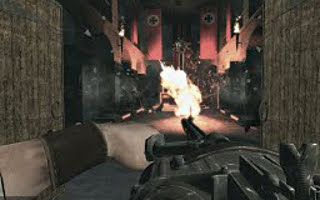
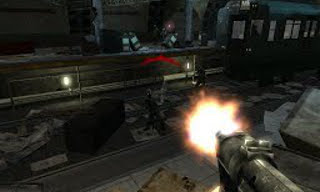
Single Player Levels
SCRUM:
Blueprinting:
Mock Up:
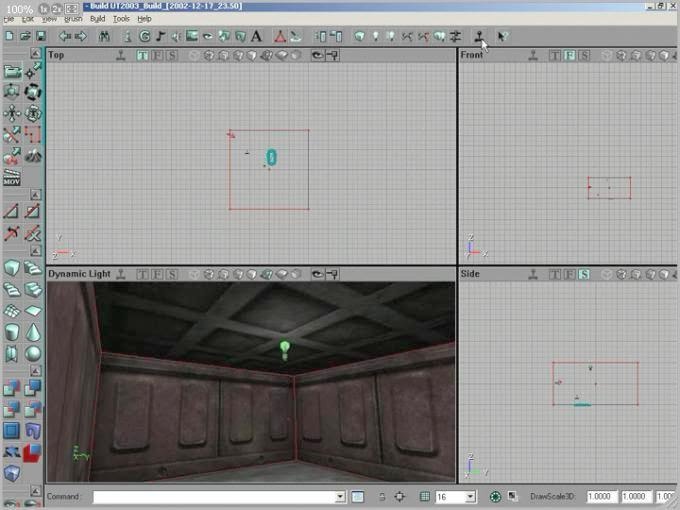
AI Pass:
Iteration:

Optimization:
Bug Fixing:
Multiplayer Levels
Detailed Breakdown Of Levels
Introduction (0:03):
The Barricade (0:59):
Half-tracks (2:55):
Nazi Blimp (3:45):
Streaming (5:34):
Tank Busting (6:25):
Follow the Soldier (7:07):
Retreat (8:10):
Introduction (0:45):
Rooftop Battle (1:30):
Inside the Tower (3:25):
Dinner Table (4:54):
Column Room (5:24):
Cathedral Ambush (6:15):
Hidden Elevator (6:35):
Environmental Kill (7:20):
Papaya Studios: Taxi Driver | (2005)
From July 2003 to August 2005, I was a Junior Level Designer at Papaya Studios.
Cancelled Summer 2005 for Xbox, PS2, PC
Taxi Driver was a 3rd person action open world shooter with driving elements. The game was comprised of a city to navigate and 10 separately loaded missions.
Game Design
+ Participated in brain storming sessions for gameplay systems
+ Wrote design documentation
+ Tuned settings gameplay systems
+ In-game testing of levels
+ Assisted in story development for side missions
Level Design
+ Development Tools: 3DS Max with in-house plug-ins, LUA script, and an XML compiler
+ Source Control: Alienbrain
+ Bug Tracking: Bugzilla
World Map
+ Design and build world map
+ Design open world driving and side missions
+ Plan neighborhoods, landmarks, and streets then decorate the world with art assets
+ Create AI data so that AI vehicle and pedestrian traffic would know where to navigate
Individual Levels
+ Worked on 10 separate on-foot story levels with boss battles
+ Wrote level design documents
+ Coordinated with artists for game assets and programmers for gameplay functionality
+ Mocked up levels in 3DS Max that included enemy AI, inventory items, and event triggers
+ Iterated implementation of levels while maintaining and testing them
+ Tuned the balance for level difficulty
+ Fixed bugs
Boss Battles
+ Designed boss battles to include an environmental or strategic gimmick
+ Scripted behaviors and tuned boss battles
Detailed Breakdown Of Work
I personally worked on all 10 levels in 3DS Max and helped stitch together the open world of the fictionalized streets of New York City.
Game Design
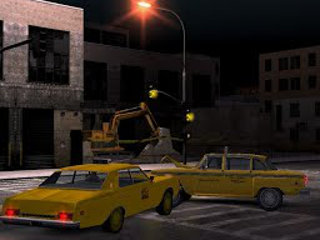
Editor Work and Scripting:
World Map
Blueprinting:
Mock Up:
AI Pass:
Streaming/Object Culling Pass:
Iteration:
Bug Fixing:
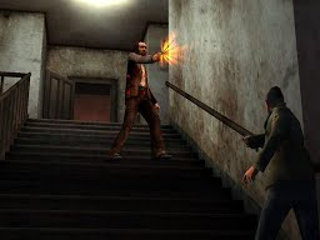

Individual Levels
Blueprinting:
Mock Up:
AI Pass:
Streaming/Object Culling Pass:
Iteration:
// This function is called when the player enters the disco’s restroom
disco_player_entered_restroom = function( )
// This defines the type of AI encountered
disco_enemy = { aibehavior = ‘basic_gunner’, aiweapon = ‘handgun’ aimesh = ‘thin_ai’ }
// This tells the AI handler where to spawn an enemy. Points are placed in 3DS Max to define
// these locations.
disco_enemy.position = ‘mark | pos | disco_bathroom’
// This tells the AI handler to create the enemy
mission_create( disco_enemy )
end
Bug Fixing:
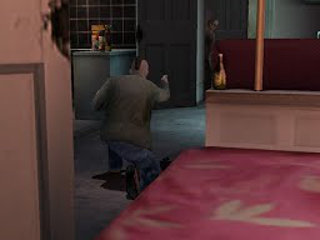
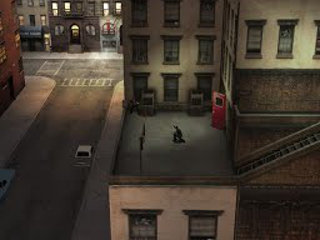
Detailed Breakdown Of E3 Work
The E3 Trailer
Overview:
Cover:

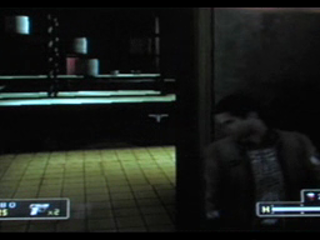
Elimination Move:

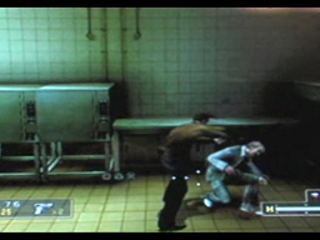
Exploration:
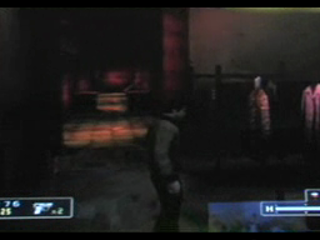
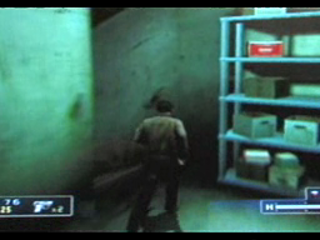
Pick-ups:
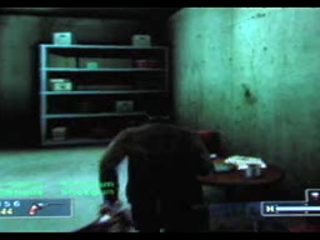
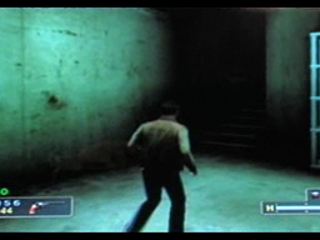

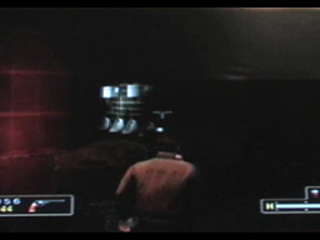
Cut Scene:
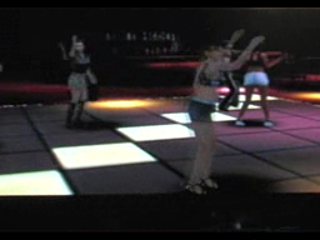
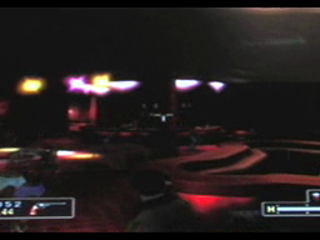
New Weapon Event:
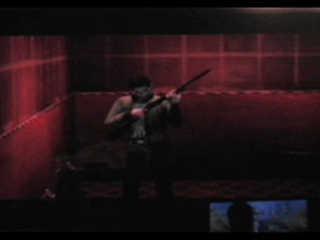
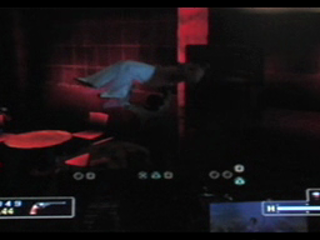
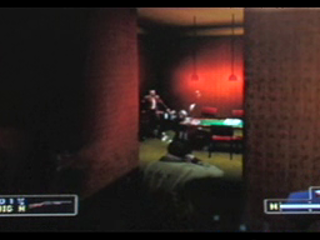
Web & Mobile Applications
At Metronome Software, I am a part of a software engineering team that works on Web and Mobile Applications. The following are marketing materials that describe the nature of just some of the applications I programmed for:
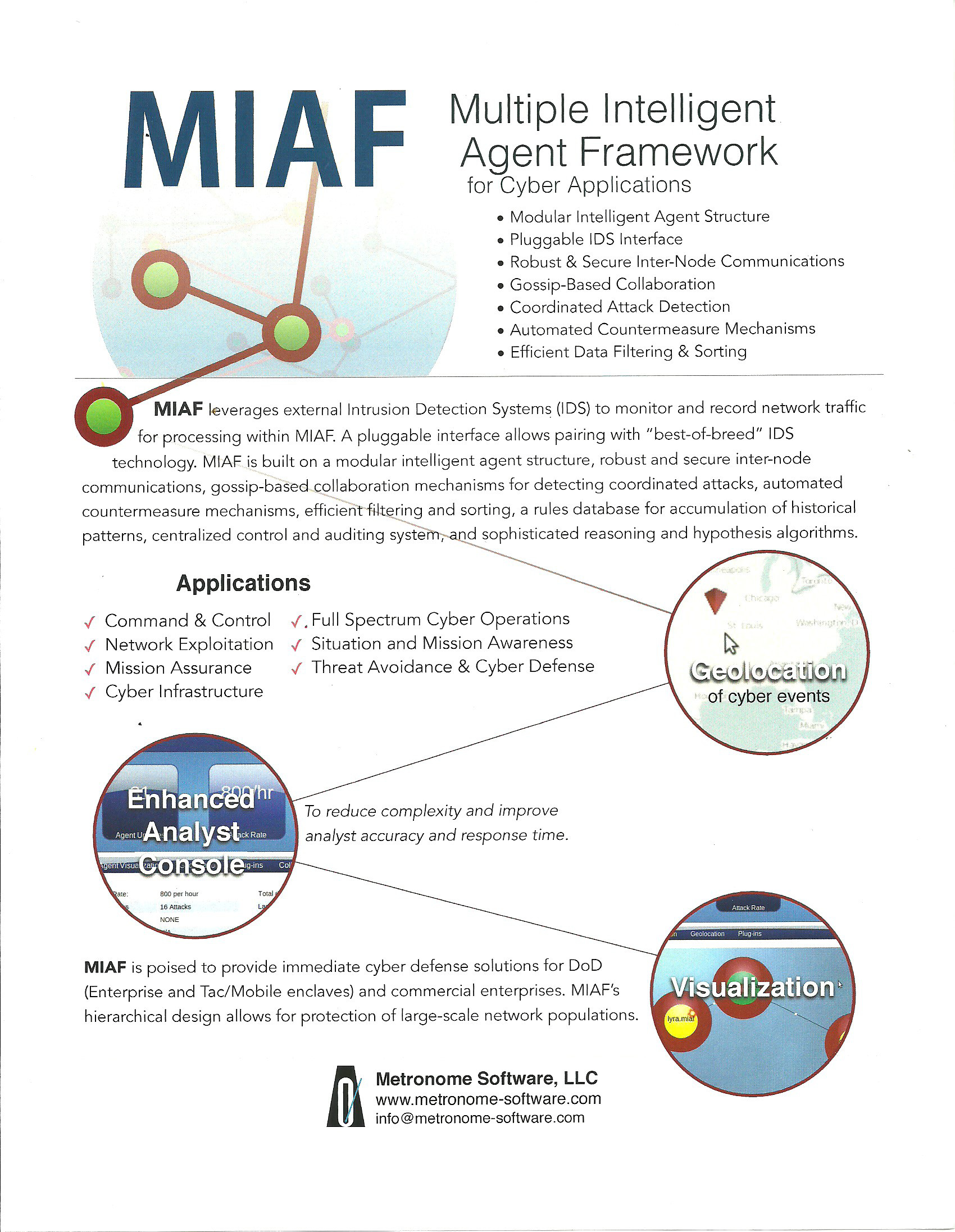
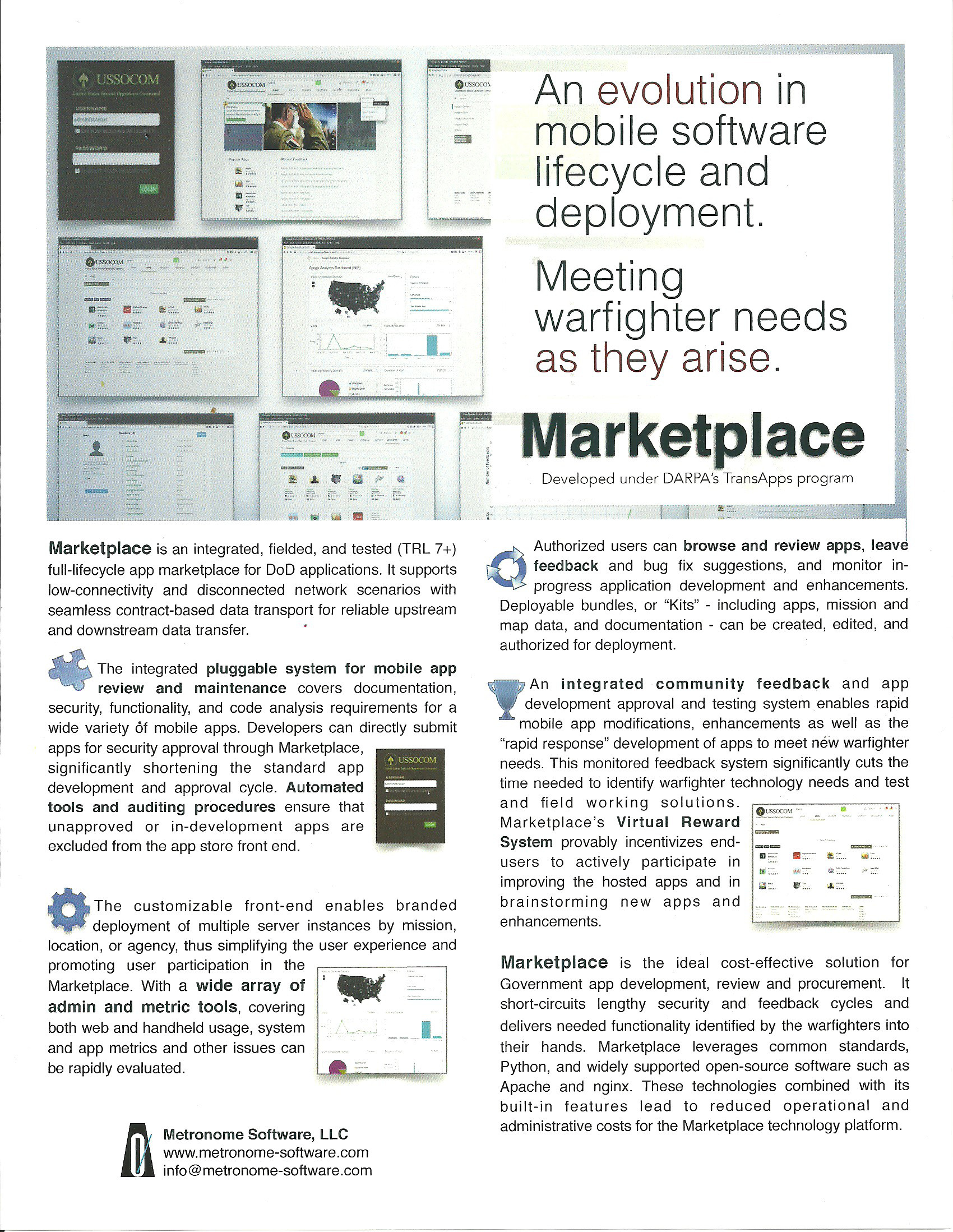
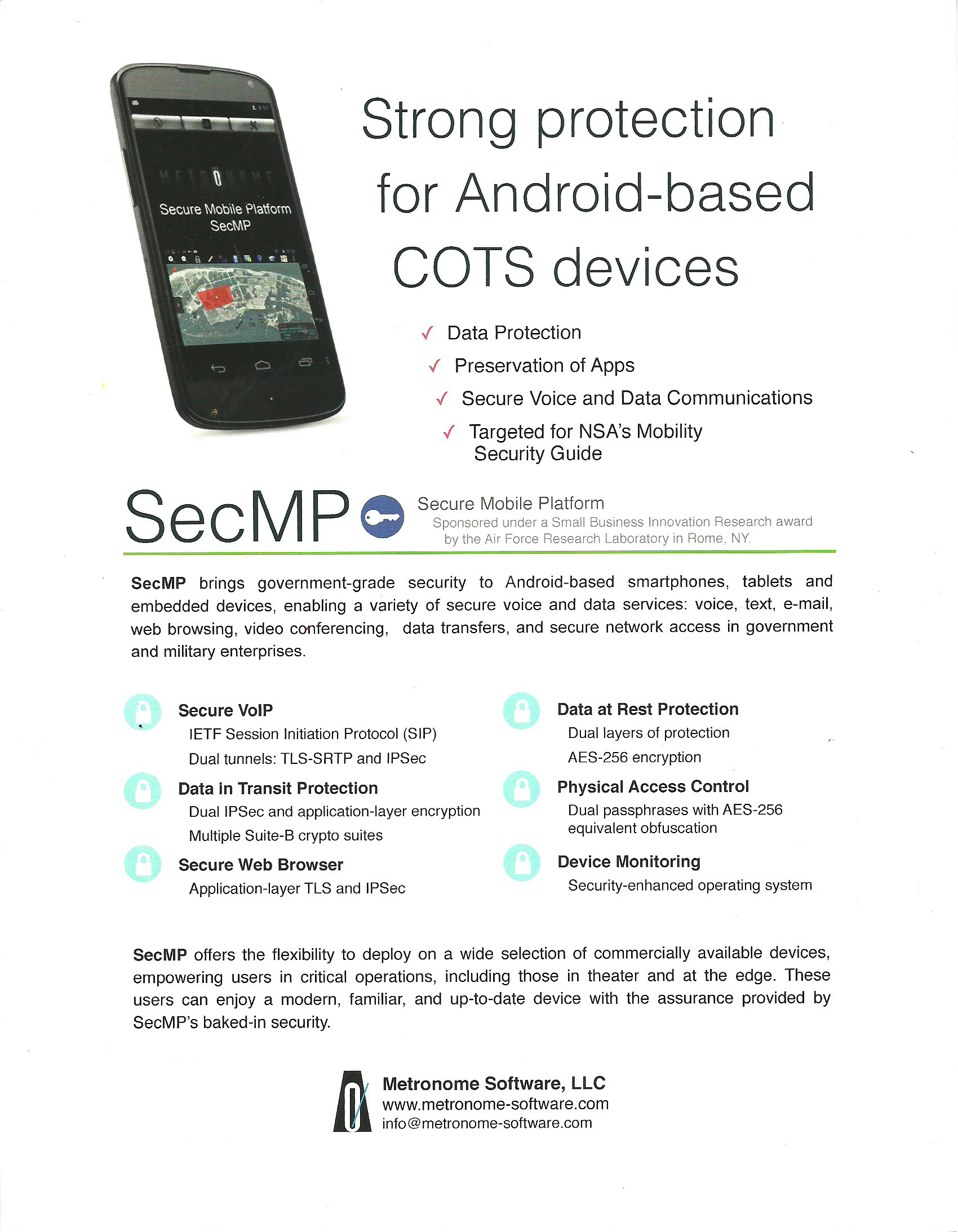
DISCUSS NEW OPPORTUNITIES
I'm always interested in hearing about up and coming projects. I may not be in a position to accept new opportunities, but at the very least I'll want to expand my network and keep in touch. If you've got a LinkedIn account, check out my profile here: http://www.linkedin.com/in/designkuo


































